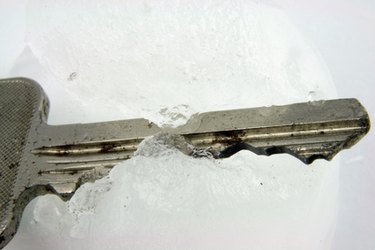
Long-term, tangible assets that are utilized to sustain business operations and activities and have value are known as fixed assets, such as facilities, equipment and land. Fixed assets reflect the proposition of these types of assets; they are fixed and do not need much attention after they are bought. Companies depend on their assets to produce revenue. Fixed asset analysis includes working out the potential earnings and use of the fixed assets. The analysis also looks into whether fixed assets are properly maintained to ensure present and future use.
Licensed Software
Video of the Day
Although a license to utilize software is intangible, the capital expenditure on licensed software qualifies for capital allowances just like machinery. In this aspect, licensed software is considered to be a fixed asset. When licensed software is obtained on rental, the rentals are deducted from profits over the life of the software. Depreciation is a primary concept when analyzing fixed assets and the examination of depreciation aids in illustrating the useful life of assets. Licensed software is depreciated over time. It is a key feature of fixed assets.
Video of the Day
Written-Off Software
When a business acquires software and they are not allowed to write off the overall expenditure in the year of purchase, the software is considered to be a fixed asset and written off the depreciation every year as an expense. In this case, whether software is treated as a fixed asset depends on the tax system.
Integral Software
Computer software for a computer-aided machine that cannot operate without the particular software is an integrated component of the relevant hardware, thus it is treated as property, plant and equipment. The same is applicable to the computer's operating system. Therefore, integral software is a fixed asset.